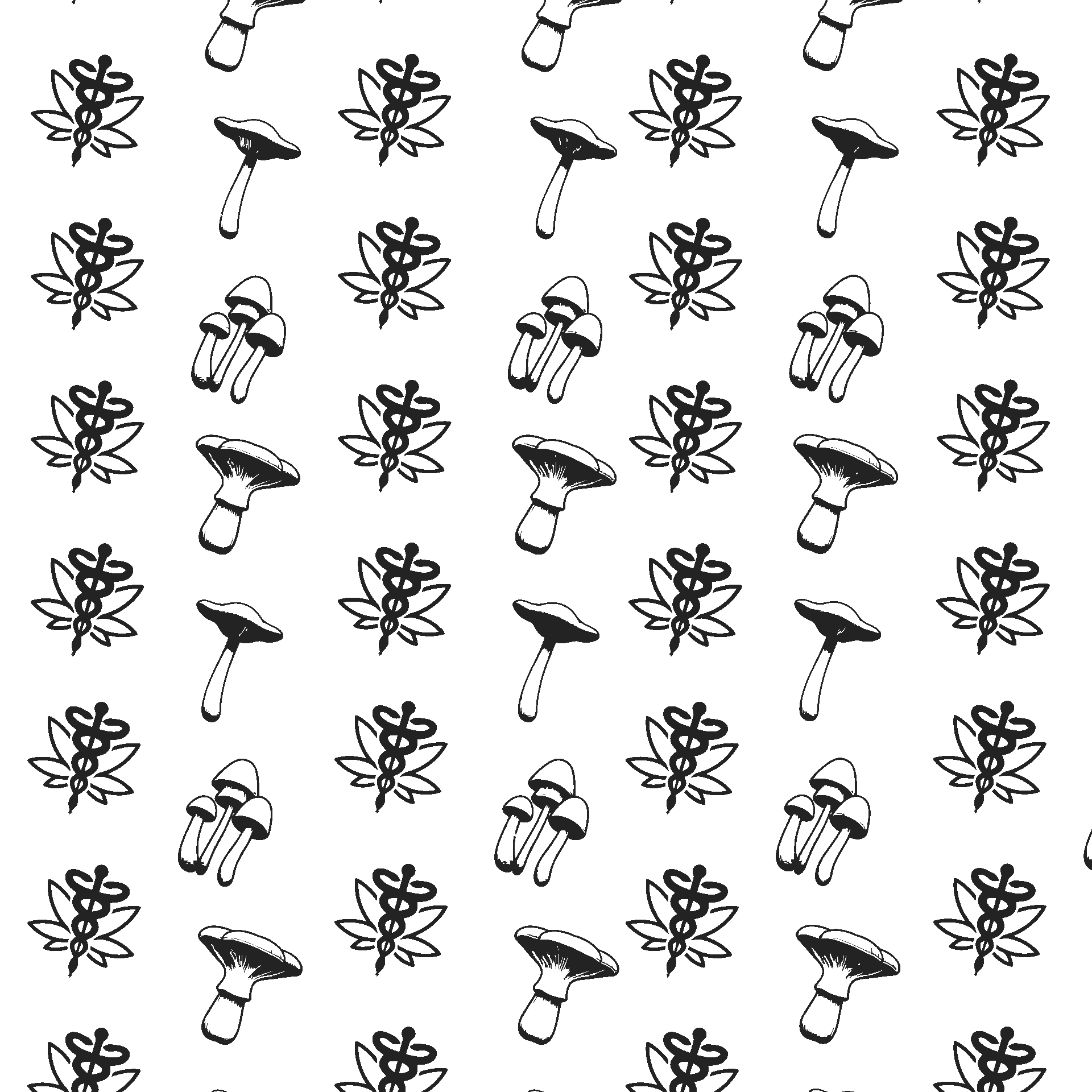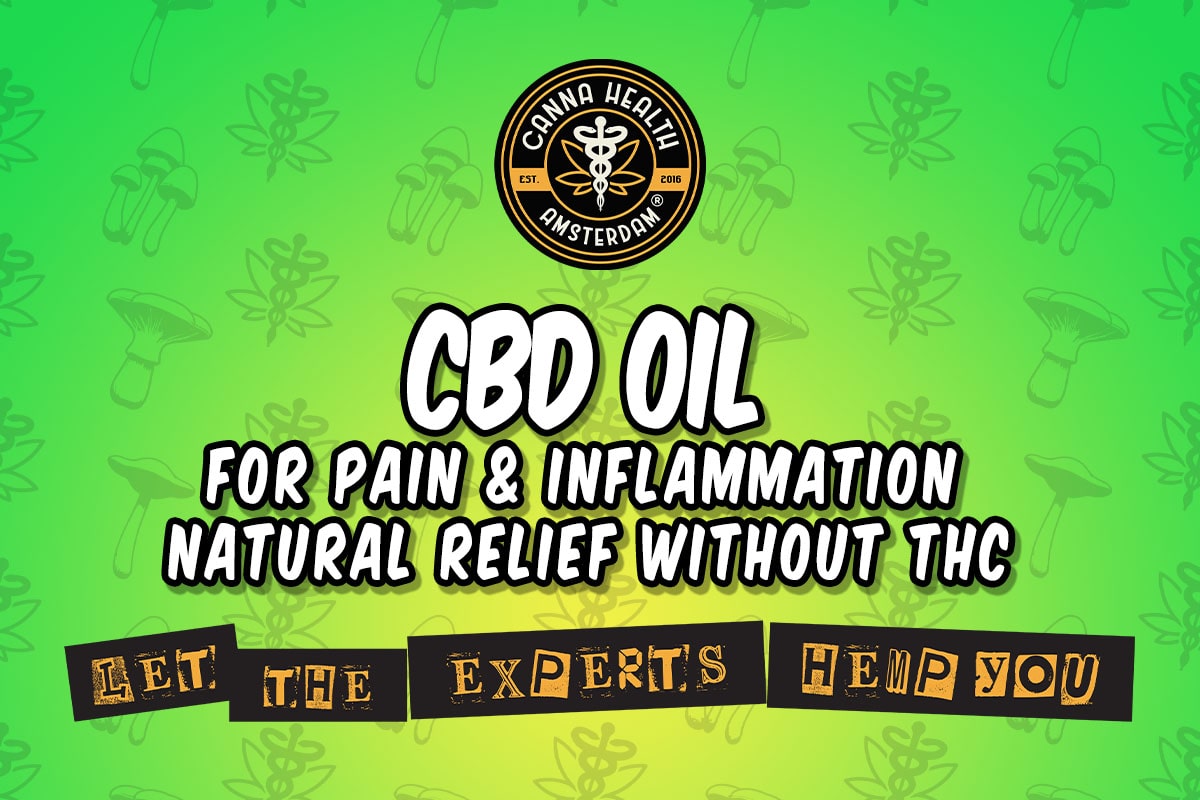
Blog
CBD Oil for Pain & Inflammation – Natural Relief Without THC

Chronic pain, muscle tension, and inflammation can affect everything from sleep to mobility. Many people in Europe are turning to CBD oil as a natural way to support comfort and recovery — without relying on pharmaceuticals or products containing THC.
In this article, we explore how CBD oil works for pain and inflammation, how to use it effectively, and which product strengths deliver the best results.
👉 For background on CBD’s overall effects, read CBD Oil Benefits & How It Works.
How CBD Oil Helps With Pain
🌿 Supporting the Endocannabinoid System (ECS)
CBD interacts with the body’s endocannabinoid system, which regulates pain perception, inflammation, and immune response.
By influencing CB1 and CB2 receptors, CBD helps restore balance — reducing the signals that cause tension, soreness, and discomfort.
⚡ Anti-Inflammatory Action
CBD has been shown to reduce the production of pro-inflammatory molecules (cytokines). This makes it useful for joint stiffness, muscle recovery, and chronic pain related to overuse or aging.
A 2023 review in Frontiers in Pharmacology found that CBD may help reduce inflammation and improve pain control through multiple biological pathways.
Benefits of Using CBD Oil for Pain Relief
- 💪 Reduces tension in muscles and joints
- 🌿 Supports natural recovery after physical activity
- ⚖️ Helps manage chronic inflammation
- 😴 Promotes better rest and relaxation
- 🧴 Can be combined with topical CBD balms for targeted comfort
Unlike prescription painkillers, CBD oil doesn’t cause addiction or intoxication — it simply supports your body’s natural balance.
How to Take CBD Oil for Pain
🩸 Sublingual Use
Place drops under your tongue and hold for 60 seconds before swallowing. Effects usually begin within 15–45 minutes.
💧 Oral Use
Add CBD oil to drinks or meals for a slower, longer-lasting effect.
🌿 Topical Use
Massage directly onto affected areas for localized relief.
Pairing oral and topical use gives both internal and external support.
For targeted comfort, combine your oil with The Bodyguard – CBD Muscle Balm.
Recommended CBD Oil Strengths for Pain
| Pain Level | Recommended Oil | Dosage Range | Ideal Use |
|---|---|---|---|
| Mild | 5% CBD Oil – 1500 mg | 3–6 drops daily | Everyday discomfort |
| Moderate | 10% CBD Oil – 3000 mg | 2–4 drops daily | Muscle tension, stress-related pain |
| Chronic or Severe | 20% CBD Oil – 6000 mg | 1–3 drops daily | Joint pain, recovery support |
| High-Intensity Relief | 50% CBD Oil – 5000 mg (10 ml) | 1 drop as needed | Deep muscle or chronic inflammation |
All oils are THC-free (0.0%), vegan, and lab-tested under EU safety regulations.
How Long Does It Take to Work?
CBD oil for pain relief typically takes 15–45 minutes to begin working when taken sublingually.
For long-term balance, consistent daily use supports your endocannabinoid system and enhances recovery over time.
The more consistent your routine, the more effective CBD becomes — especially for chronic pain and inflammation.
Combining CBD with Other Recovery Products
To maximize results:
- Use CBD oil in the morning and evening for systemic balance.
- Apply CBD Massage Oil – Camphor & Mentha to sore areas for local comfort.
- Hydrate well and stretch gently to improve circulation and flexibility.
Safety & Compliance
All Canna Health Amsterdam oils are produced under GMP and ISO-certified conditions and comply with EU Regulation (EC) No 1223/2009.
Our oils contain no THC, no synthetic additives, and are suitable for daily, long-term use.
FAQ – CBD Oil for Pain & Inflammation
Many users report reduced tension and inflammation when using CBD oil consistently.
Sublingual use typically starts working within 30 minutes. Long-term balance builds over days or weeks.
Yes, combining both gives internal and external relief.
CBD is widely used to support joint comfort and mobility, though it’s not a medical treatment.
Keep Exploring
- CBD Oil for Stress & Anxiety
- How to Take CBD Oil & Find Your Ideal Dose
- CBD Oil for Sleep & Relaxation
Disclaimer: This blog is for informational and educational purposes only. We review and reference available studies and reputable sources; however, content may not reflect the most current research or regulations and should not be taken as medical, legal, or professional advice. We do not make or imply health claims. Products mentioned are not intended to diagnose, treat, cure, or prevent any disease and statements have not been evaluated by EFSA or the FDA. Effects can vary between individuals. Always consult a qualified healthcare professional before use and verify that any product or ingredient is lawful in your jurisdiction.



